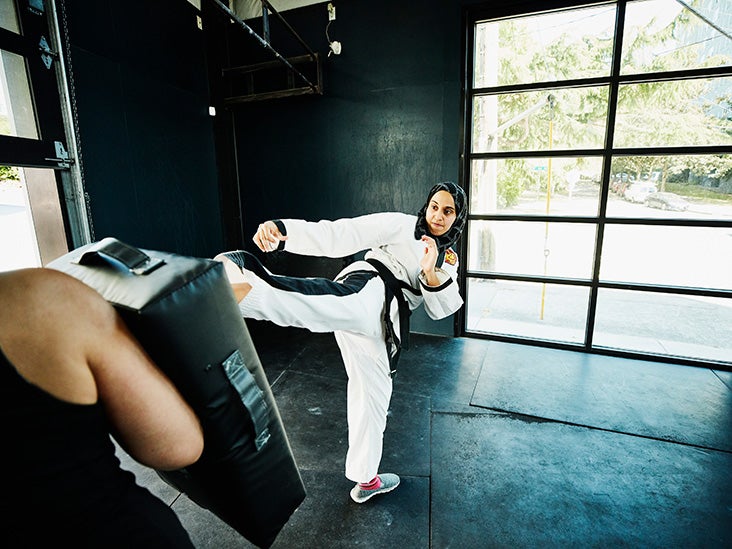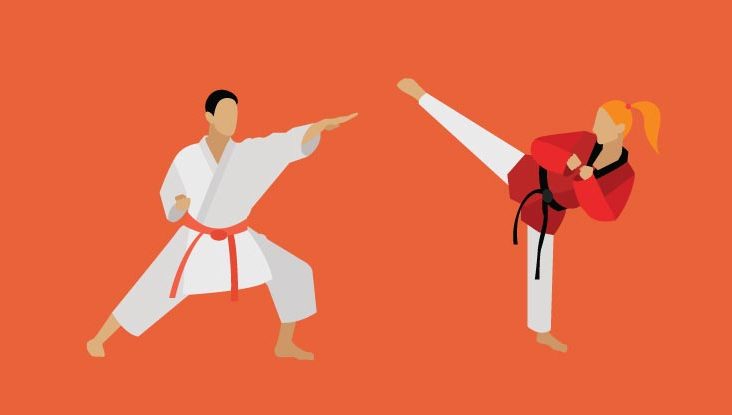
And many of the forms are extremely tough on the forearms-especially the ones with the wooden dummy-so be prepared to wear a long-sleeved shirt to work for a while. There are very few kicks involved (most of the time) so if you’re looking to use your legs, you’ll likely be better somewhere else. Is it for you? It’s a close-combat system, so if you have issues with personal space or slow reflexes, this will be a particularly bad choice. The stance is also different from other martial arts, so be prepared to be sore in odd places. The attacks consist mostly of rapid strikes performed while moving forward, into the opponent. In order to keep the body in balance, it teaches the idea of a center line in the body, which guides every action.

What to expect: There’s a lot of visualization to be done when it comes to Wing Chun. The rapid punches make for exciting on-screen combat. You’ll also see it thrown into action sequences in movies, too. Where you’ve seen it: If you’ve never seen the classic martial arts flick Ip Man, it’s worth checking out. It also often involves relaxation techniques meant to help keep the body in top performing shape. What is it? This close-range martial art comes from China with a focus on balance and a fairly rich traditional history. From a self-defense standpoint, it’s in the middle of the pack in terms of practicality. If you’re already flexible, you’ll probably have an easier time at the start, especially with the kicks. Many MMA fighters use Muay Thai as the basis for their striking game and amateur kickboxing matches aren’t hard to come by. Is it for you? If you have any dreams of competing, this is a good way to go. The sparring is mean to your shoulders and hips, but the clinch is a particularly brutal test of your core endurance. Once you’ve learned to properly throw the strikes, you’ll move into some real sparring. What to expect: Techniques are learned through drilling combos on pads called Thai pads. The techniques are also extremely common in the UFC. But, if you want something more recent-and with less awkward dancing-you can check out the Ong Bak movies starring Tony Jaa. Where you’ve seen it: One of the most famous big screen representations of Muay Thai comes from none other than Jean Claude Van Damme in Kickboxer. In addition to fists and feet, it also involves knee and elbow strikes as well as a form of stand-up grappling called clinch. It’s a centuries-old practice that comes, predictably, from Thailand. What is it? The term kickboxing has become kind of a blanket term to cover anything that involves punching and kicking, but Muay Thai has a few distinct features.

There are plenty of other areas of study out there to explore, but these seven are likely the easiest to find. Here’s a quick guide to help you figure out which are the best martial arts for you. Picking the right system to study from the many types of martial arts is crucial if you’re going to enjoy yourself and, ultimately, stick with it. But, joining up to study a martial art can be extremely rewarding for your fitness and your overall well being. The idea might sound insane to some people: You’re going to pay money so you can go to a place every couple of days and get beat up.


 0 kommentar(er)
0 kommentar(er)
